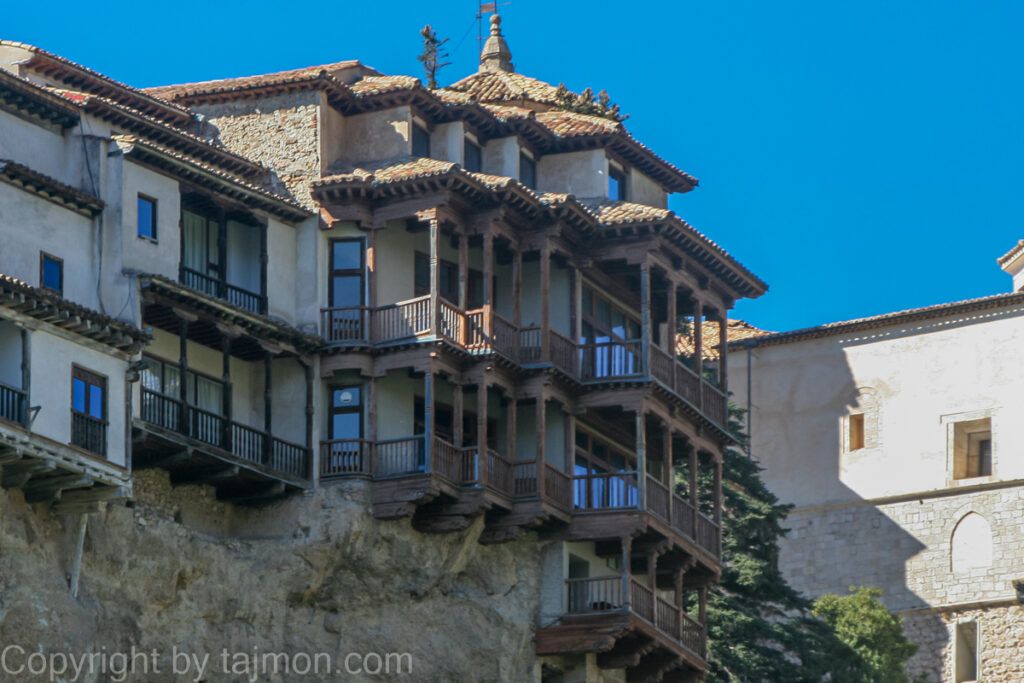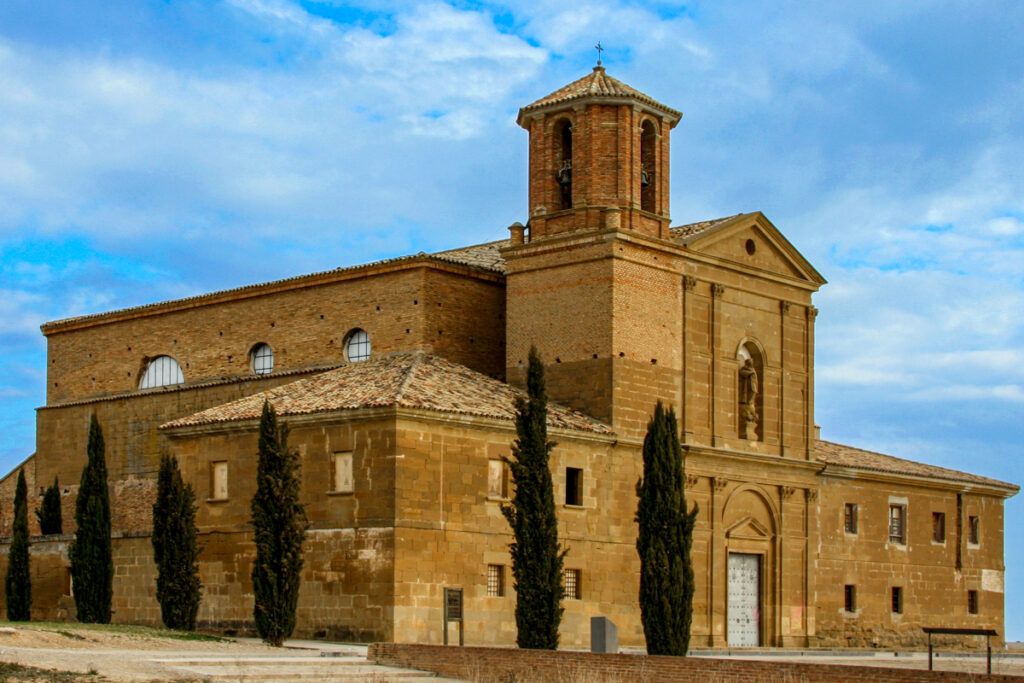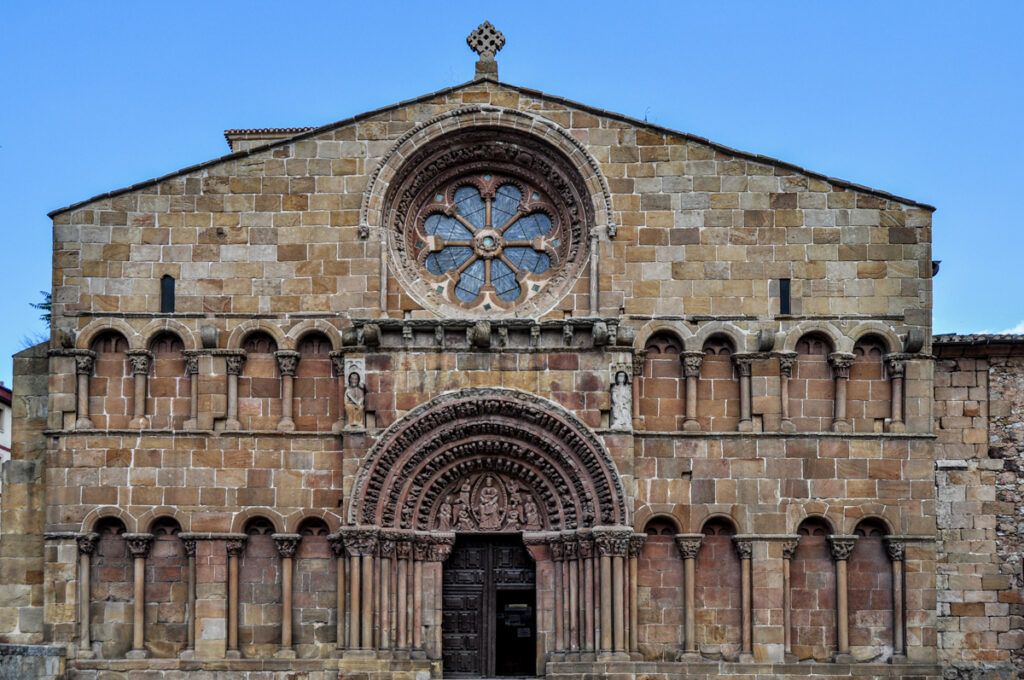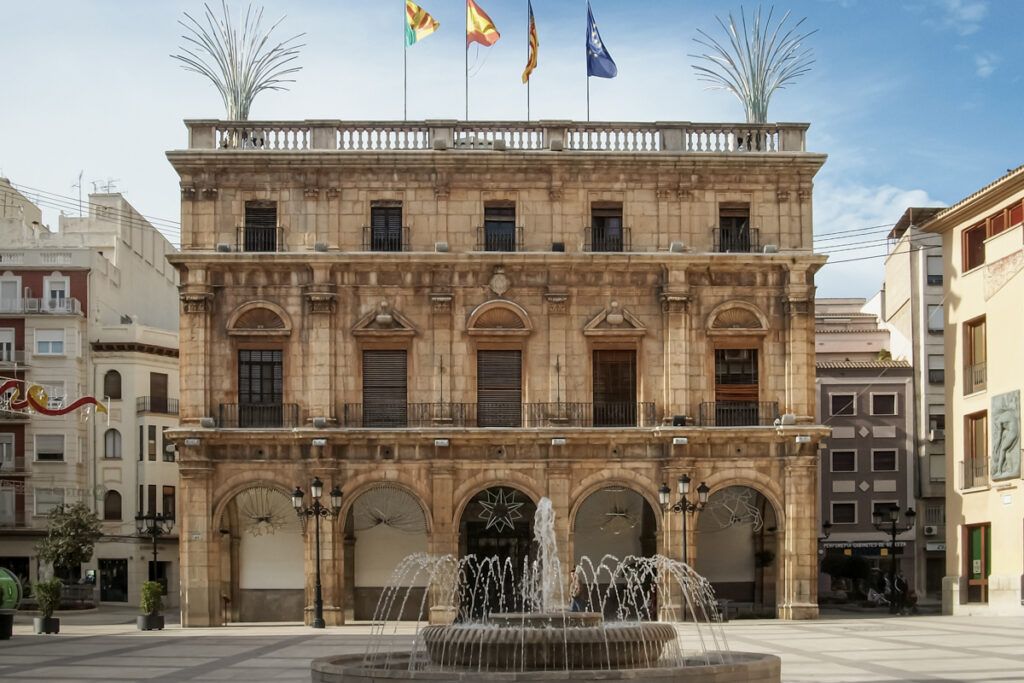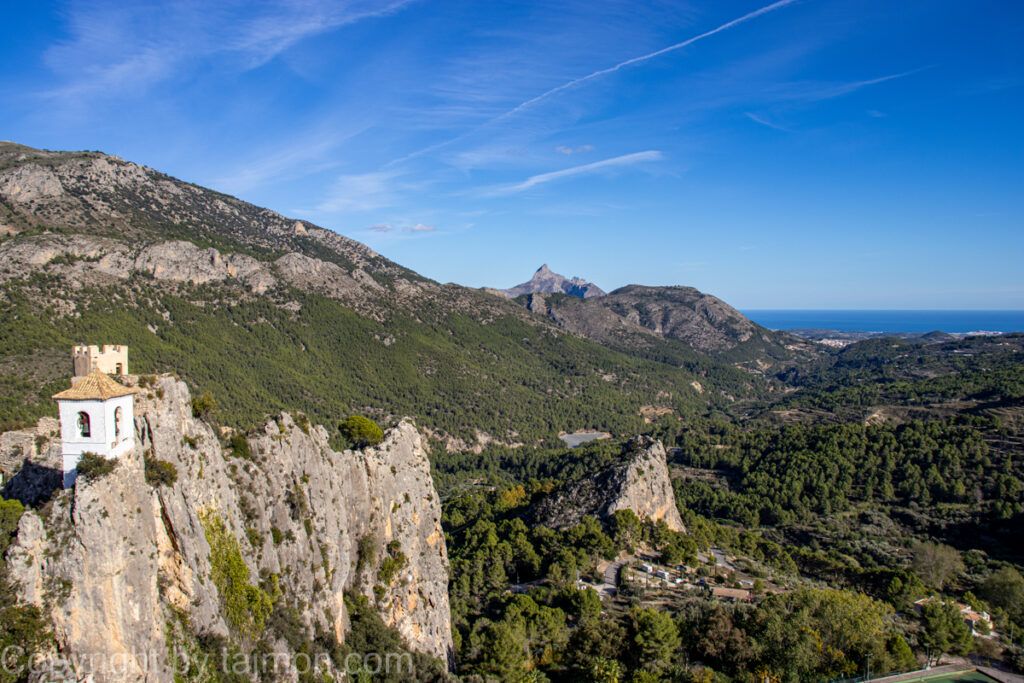Cathedral of Our Lady of Grace in Cuenca
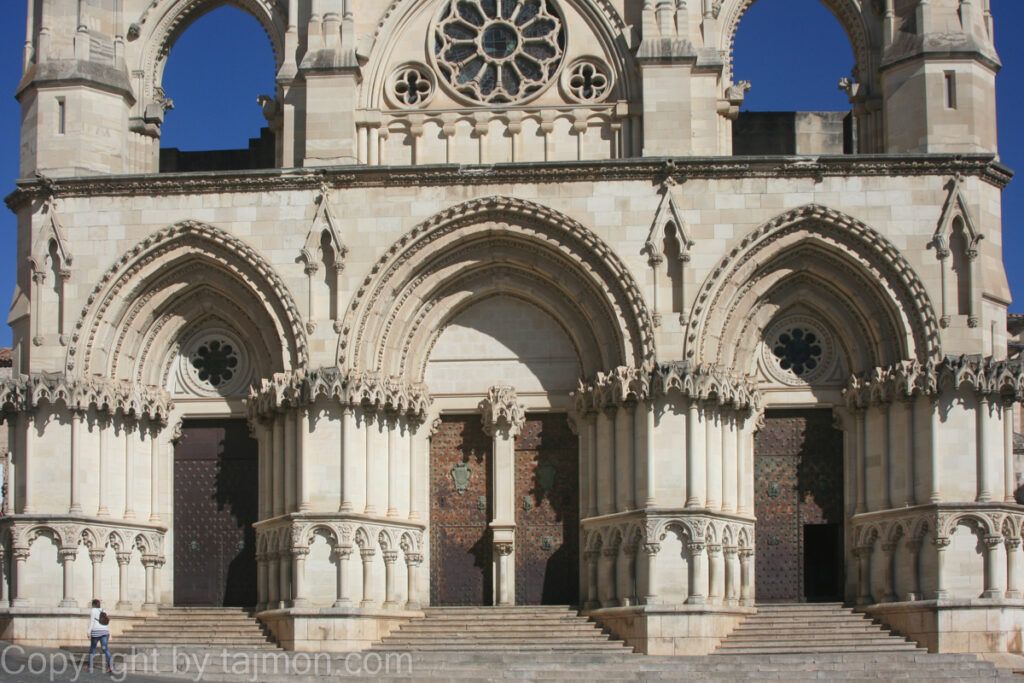
The Cathedral of Our Lady of Grace is a Gothic cathedral in Cuenca, which is one of the earliest and most beautiful examples of this style in Spain. It was built on the site of a former Arab mosque, after the conquest of the city by King Alfonso VIII in 1177. The construction of the cathedral began in 1196 and lasted more than three centuries, with numerous interruptions and changes. As a result, the cathedral combines elements of French, English and Spanish Gothic, as well as Romanesque, Renaissance and Baroque influences.
The cathedral has a Latin cross plan with a seven-sided apse and three naves. It stands out especially for its triforium, or gallery with arcades, which runs along the main nave and transept. It is a unique element in Spain, which comes from the original Norman construction. The triforium serves a decorative and structural function, as it supports the vaults and arches. The vaults are ribbed, except for the main nave, which has a starry vault. The interior of the cathedral is richly decorated with sculptures, paintings and stained glass windows, as well as numerous side chapels.
The main facade of the cathedral is a Renaissance work, designed by Esteban Jamete in the 16th century. It has three portals with columns and tympana, adorned with reliefs and statues. Above the central portal there is a rose window, and on the sides two towers, one of which is unfinished. The facade is crowned by a pediment with the coat of arms of the city and the royal eagle. The facade is considered one of the most beautiful and harmonious in Spain.
In the cathedral there are many works of art and monuments that are worth seeing. Among them are:
- The main altar, designed by Ventura Rodríguez in the 18th century, with marble columns and sculptures of saints and angels.
- The grilles of the main altar, made of iron in the 15th century by Domingo de Céspedes, with plant and animal motifs.
- The doors to the chapter halls, made of wood in the 16th century by Alonso Berruguete, with bas-reliefs depicting scenes from the life of Christ and Mary.
- The cathedral museum, where there is a collection of sacred art, with paintings, sculptures, relics, vestments and liturgical books. Among them stands out a Byzantine reliquary from the 11th century, made of ivory and silver, with images of Christ, Mary and saints.
- The cathedral organs, built in the 17th century by Pedro de Liborna Echevarría, with more than 3000 pipes and rich decoration. The organs are considered one of the best in Spain and are used for concerts and ceremonies.
